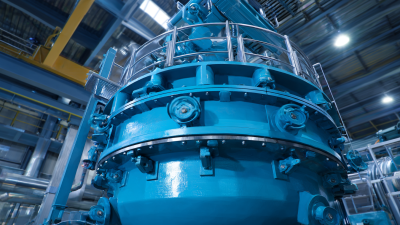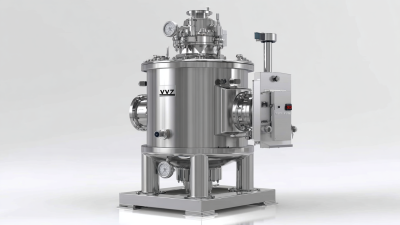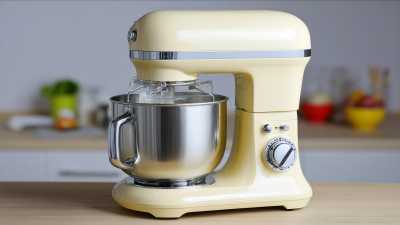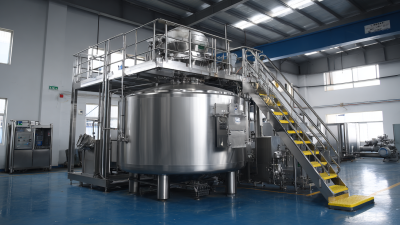
In the realm of food production and processing, the innovation of machinery has significantly transformed traditional practices. Among these advances, the Cream Mixer Machine stands out as an indispensable tool for manufacturers aiming to enhance efficiency and product quality. According to a report by MarketsandMarkets, the global food processing equipment market is projected to reach USD 102.3 billion by 2024, showcasing a compound annual growth rate (CAGR) of 5.7%. This growth highlights the increasing demand for superior food processing technologies, including specialized mixing equipment designed to handle various cream formulations. As consumer preferences evolve, particularly towards premium and artisanal products, the need for highly efficient and reliable Cream Mixer Machines becomes critical. This blog will explore the underlying technology of Cream Mixer Machines, uncovering how their design and functionality contribute to improved production processes and, ultimately, greater market competitiveness.
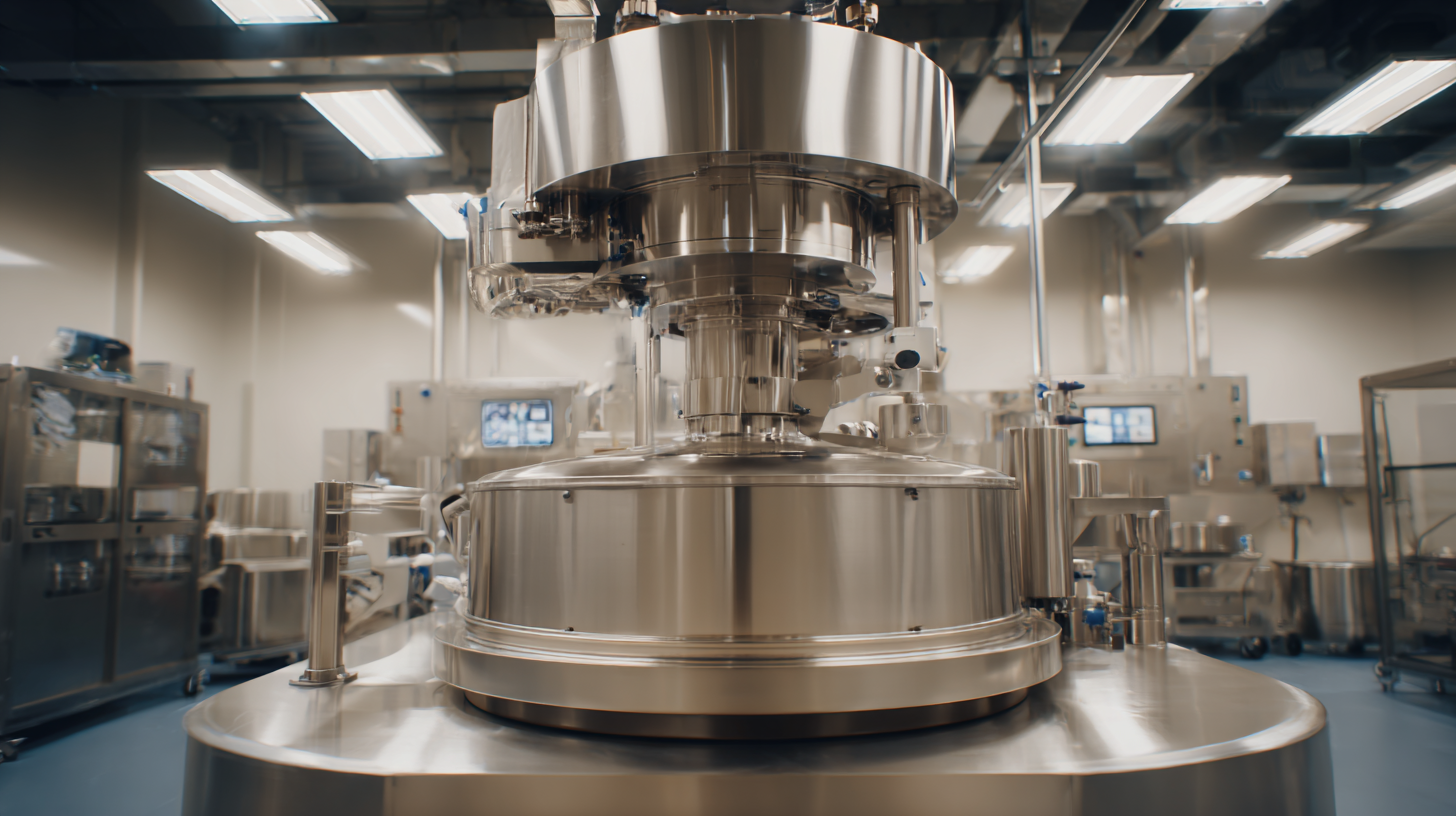
In the realm of food production, particularly in the dairy industry, the technology behind cream mixer machines plays a crucial role in ensuring efficiency and quality. The science of cream mixing delves into complex mechanical engineering principles that dictate how ingredients are combined. Research shows that the right mixer design can significantly reduce mixing time by up to 30%, which is vital in high-demand production environments. For example, advanced mixing blades and variable speed controls allow for optimal incorporation of air, leading to cream products with improved texture and stability.
Moreover, the materials used in the manufacture of cream mixers also contribute to their effectiveness. High-grade stainless steel constructions are common, as they not only resist corrosion but also maintain hygiene standards essential in food processing. A recent industry report highlighted that up to 65% of manufacturers are investing in automation technologies for cream mixing, showcasing a shift towards more sophisticated machinery that can self-regulate mixing processes. This includes sensors that monitor viscosity and temperature, allowing for precise control, which ultimately enhances product quality while reducing waste and energy consumption. Such innovations reflect the growing importance of engineering in the realm of food technology and production.
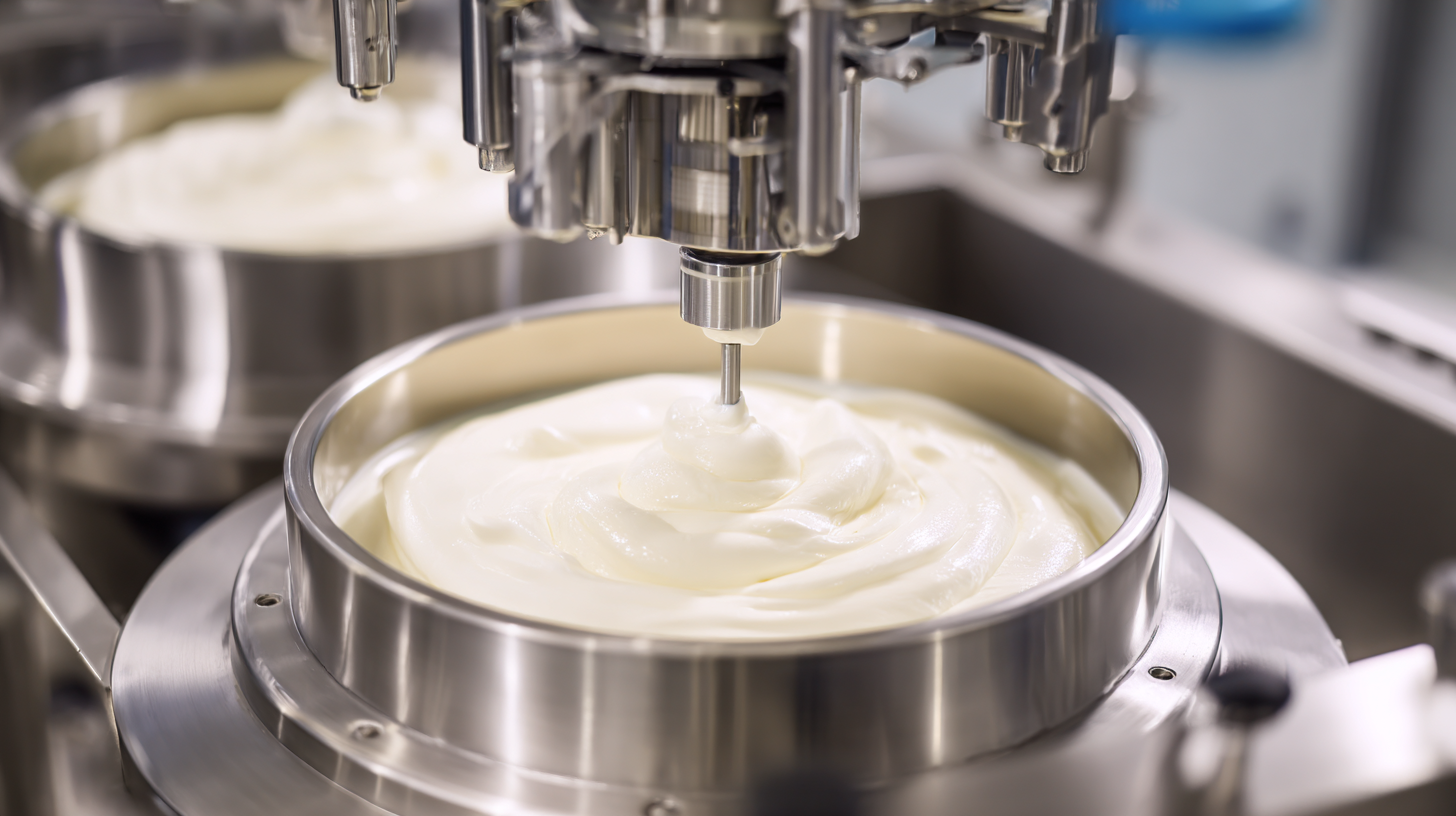
Cream mixer machines are essential tools in the production of various creamy products, and understanding their key components can greatly enhance operational efficiency. At the heart of these machines lies the mixing chamber, which is designed to provide optimal blending of ingredients. The chamber material, often stainless steel, ensures durability and hygiene, preventing any contamination of the product. Additionally, the chamber's shape and size play a critical role in achieving a uniform mixture, allowing for the efficient incorporation of air and achieving the desired texture.
Another vital component is the mixing mechanism itself, which can vary from paddle mixers to high-shear mixers. Paddle mixers promote gentle blending, perfect for sensitive creams, while high-shear mixers are ideal for emulsifying and breaking down particles, ensuring smooth consistency. The ability to adjust mixing speeds and times is crucial, as it allows manufacturers to tailor the process according to specific product requirements. Furthermore, automated controls and monitoring systems enhance precision and consistency, leading to higher quality outputs. Understanding these components and their functions is essential for anyone involved in the production process, ensuring both efficiency and product excellence.
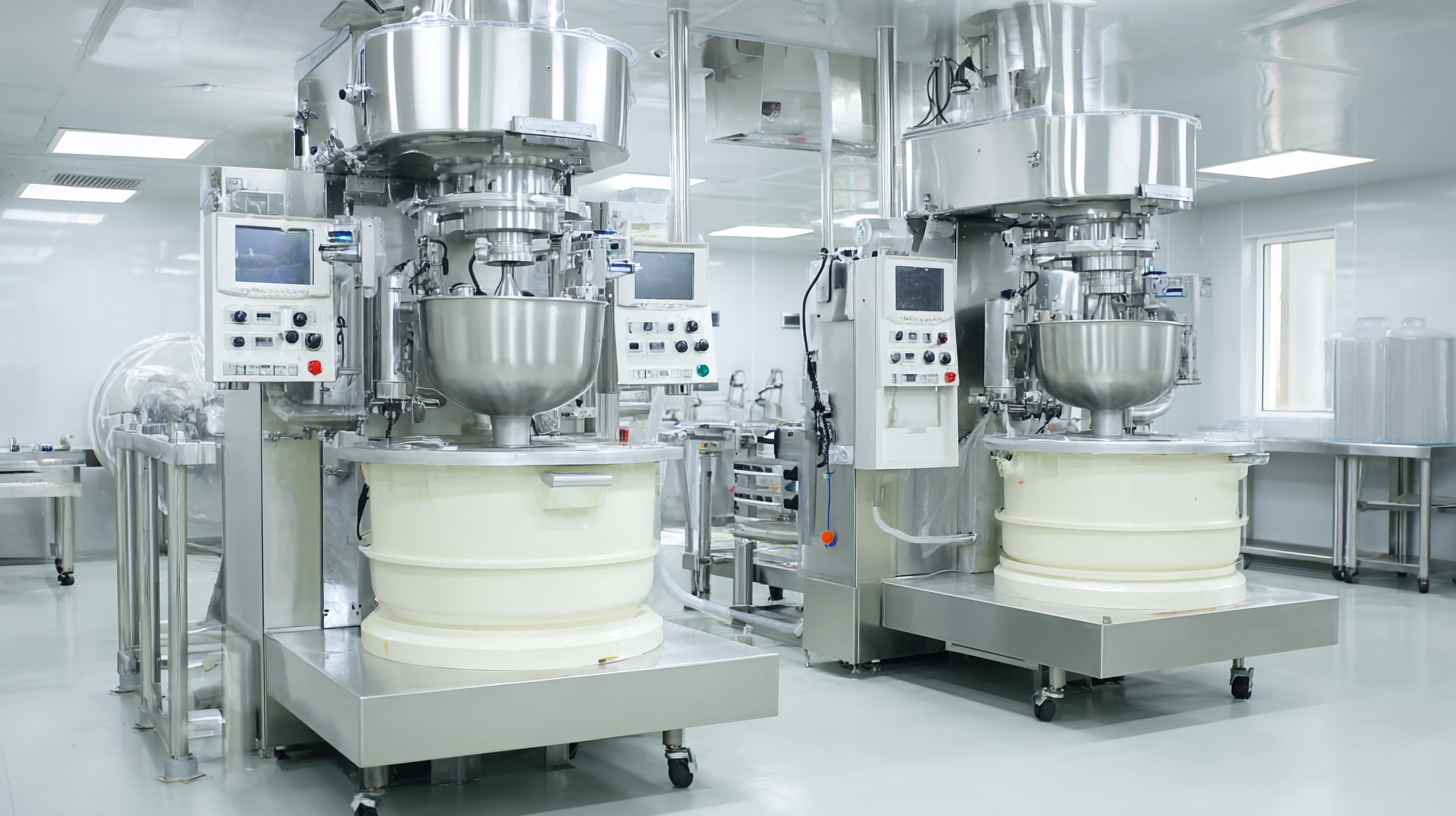 Cream mixer machines have revolutionized the food production industry by significantly enhancing both efficiency and quality. These machines are designed to precisely mix cream with other ingredients, ensuring a consistent texture and flavor throughout the production process. With automation capabilities, they minimize human error, allowing manufacturers to maintain high standards in every batch produced.
Cream mixer machines have revolutionized the food production industry by significantly enhancing both efficiency and quality. These machines are designed to precisely mix cream with other ingredients, ensuring a consistent texture and flavor throughout the production process. With automation capabilities, they minimize human error, allowing manufacturers to maintain high standards in every batch produced.
Tip: When selecting a cream mixer machine, consider models that offer variable speed settings. This feature allows for optimal mixing depending on the specific cream consistency and recipe requirements, ultimately leading to superior final products.
Moreover, modern cream mixer machines come equipped with advanced technology such as temperature control and pressure monitoring. These enhancements help in achieving the perfect emulsification, which is crucial in producing quality cream products that meet consumer expectations.
Tip: Regular maintenance is key to maximizing the efficiency of cream mixer machines. Establishing a routine check on seals, mixers, and other components will ensure longevity and reliability, reducing downtime during production.
When it comes to cream mixing, selecting the right type of mixer is crucial for optimizing production across various applications. The cream mixer market is growing steadily, with a report by Grand View Research projecting a CAGR of 5.2% from 2021 to 2028, driven by increasing demand in the food and beverage industry. There are several types of cream mixers, including batch mixers and continuous mixers, each serving distinct purposes. Batch mixers, commonly used in small-scale operations, provide flexibility and are ideal for producing a variety of cream blends. In contrast, continuous mixers are designed for larger-scale productions, offering efficiency and consistent quality for high-volume demands.
In addition to choosing the right type, the mixer design is also significant. For instance, high-shear mixers are recommended for achieving fine emulsions and homogeneously blended products, making them essential in the cosmetic and pharmaceutical industries as well. According to a report by Market Research Future, the global high-shear mixer market was valued at approximately $300 million in 2020, highlighting the growing significance of these technologies in achieving emulsification and stability in cream products. Ultimately, understanding the unique features of each mixer type can enhance production efficiency, meet diverse application needs, and ensure quality standards are consistently maintained.
Proper maintenance of cream mixer machines is crucial for ensuring their optimal performance and longevity. According to a recent industry report by Grand View Research, the global cream mixer market is expected to grow at a CAGR of 5.3% from 2021 to 2028, underscoring the importance of reliability and efficiency in production processes. To achieve this, regular upkeep and preventive measures must be emphasized.
One key tip for maintaining cream mixer machines is to perform routine cleaning and sanitization. Residue buildup can lead to inefficiencies, affecting both product quality and mixing uniformity. It's recommended to implement a cleaning schedule that aligns with the production cycle, minimizing downtime while ensuring hygiene standards are met. Secondly, monitoring the machine's wear and tear is pivotal. Regular checks of components such as paddles and motor bearings can prevent unexpected breakdowns. Industry statistics indicate that machinery failures can lead to costly downtime, potentially exceeding thousands of dollars per hour. By addressing minor issues promptly, operators can save significantly in repair costs and enhance overall productivity.
Lastly, regular lubrication of moving parts is essential. According to the Society of Manufacturing Engineers, proper lubrication can reduce friction and wear, extending the operational lifespan of machinery. Implementing these maintenance tips not only optimizes the performance of cream mixer machines but also supports the overall efficiency of production operations.
| Feature | Description | Maintenance Tips |
|---|---|---|
| Mixing Speed | Variable speeds to accommodate different cream consistencies. | Regularly check and calibrate speed settings. |
| Heating Capability | Incorporates heating systems for better mixing and emulsification. | Inspect heating elements for wear and tear. |
| Material Quality | Constructed from food-grade stainless steel for durability. | Clean regularly to prevent rust and contamination. |
| Control System | Digital interface for precise control over mixing parameters. | Update software and check connections periodically. |
| Safety Features | Equipped with automatic shut-off and emergency stops. | Test safety features regularly to ensure functionality. |


